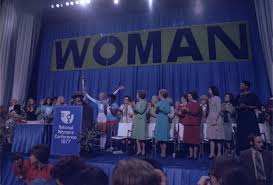AI Image Generators: A New Era in Visual Creativity

Introduction
AI image generators have emerged as a groundbreaking technology that is poised to transform the fields of art, design, and advertising. As artificial intelligence continues to advance, these tools have gained significant traction among creators, as they can produce visually stunning images from simple textual descriptions. This not only democratizes the process of image creation but also raises questions about creativity, originality, and the future of artistic roles in society.
Recent Developments in AI Image Generators
In recent months, several prominent AI image generator platforms such as DALL-E, Midjourney, and Stable Diffusion have released updates that enhance their capabilities. For instance, DALL-E 2, launched by OpenAI, includes functionalities that allow for edits and variations of generated images, making it a versatile tool for artists and designers. Midjourney has focused on creating high-quality artistic outputs, garnering a strong community of users who share their creations online.
Moreover, companies across various industries are beginning to adopt AI-generated images for advertising, product design, and social media content. This trend has increased due to the efficiency and cost-effectiveness of producing unique visuals quickly. According to a report published by MarketsandMarkets, the AI in art and design market is expected to grow from $0.68 billion in 2023 to $2.55 billion by 2028, indicating a massive shift in how visual content is produced.
Implications and Challenges
Despite their many advantages, the rise of AI image generators is not without challenges. Artists express concerns about the implications for originality and copyright, as AI can mimic established styles and create works that may infringe upon intellectual property rights. The debate about authorship arises: if an AI creates an image based on user prompts, who owns the rights to that image? Furthermore, as these tools become more accessible, there is a risk of misuse, with the potential for generating inappropriate or misleading content.
Conclusion
The future of AI image generators holds exciting possibilities and significant ethical implications. As these technologies continue to evolve, the relationship between artists and AI will likely shift. While they offer immense potential for creativity and efficiency, it is essential for stakeholders to navigate the challenges responsibly. By fostering discussions around ethics, originality, and copyright, the creative community can better harness the power of AI while protecting the value of human artistry. For readers interested in art, design, and technology, the advancements in AI image generation present a fascinating frontier that is worth exploring.









